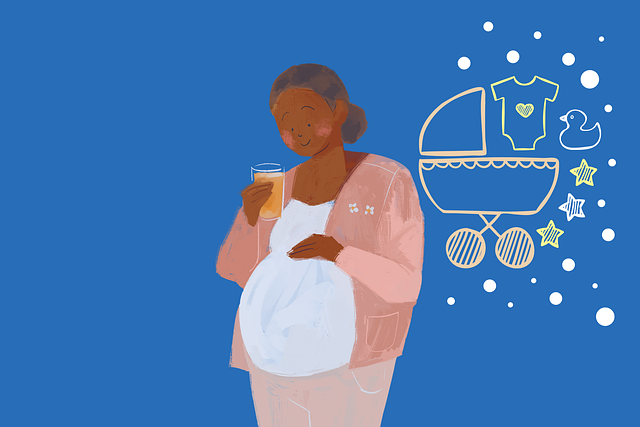Improving Empathy and Understanding in Everyday Life
As our knowledge of conditions like ADHD has grown through advancements in neuroscience, it’s become increasingly evident that individuals with this disorder—like my acquaintance, Sarah—are not merely “lazy.” Brain imaging studies indicate that certain brain regions linked to executive functions—such as planning, prioritizing, sustaining attention, and regulating emotions—are often underdeveloped in those with ADHD. For individuals like Sarah, completing everyday tasks can be significantly more challenging than for others. Their behavior might resemble laziness on the surface, but internally, they are often exerting considerable effort.
The Challenge of Understanding Others
It’s a fundamental truth that people differ in their emotional responses and preferences. Some individuals may be more easily stressed or upset, while others have unique tastes in music or activities. For instance, I personally enjoy jogging in the rain, a pastime that might not appeal to everyone. However, it can be challenging to comprehend how someone else’s internal experiences differ from our own.
Consider a moment when a friend confides in you about feeling sad or overwhelmed. If you felt you could relate to her emotions, it was likely because you drew parallels to your own experiences. Now, imagine if she approached you and said, “I feel so glubby today.” Your response might be, “What does glubby mean?” When she explains it’s a term she created to describe her feelings, you find yourself at a loss for empathy. Lacking a frame of reference, you struggle to understand her emotional state.
The Neuroscience Behind Empathy
Why is it often difficult to grasp experiences we’ve never encountered? Research in psychology and neuroscience indicates that we frequently empathize by simulating—essentially imagining how we might feel in someone else’s shoes. This simulation process is largely automatic, often occurring without our conscious awareness.
While this capacity for simulation aids in quick empathy, it also has limitations. We cannot simulate experiences we haven’t had, prompting us to erroneously assume that others’ experiences closely mirror our own.
The Depth of Difference
There are compelling reasons to believe that people’s experiences can be far more diverse than we might realize. Here are a few examples:
- Mental Imagery Variability: Some individuals possess vivid mental imagery, while others cannot form any mental images at all. This difference can lead to misunderstandings about how others visualize concepts.
- Color Perception: People may live with color blindness for years without realizing it, leading to a fundamentally different perception of their environment.
- Olfactory Awareness: Some individuals lack a sense of smell without realizing their experience deviates from that of others. As one person noted, they behaved as though they could smell, unaware that the sensation was absent.
- Sexual Attraction: For many, sexual desire is a fundamental part of life. However, approximately 1% of the population identifies as asexual and experiences no sexual attraction.
Misunderstandings and Their Consequences
The ability to empathize by imagining ourselves in another’s situation is invaluable in many contexts, but it can lead to significant misunderstandings. In the case of ADHD, when someone struggles to accomplish tasks, we might wrongly assume they are simply being lazy, not recognizing that their challenges may be far more profound than our own fleeting moments of inactivity.
This misunderstanding can extend to mental health issues. For instance, I have never personally battled severe depression, and for years, I thought it merely entailed feeling sad for an extended period. However, after reading an insightful article, I learned that depression often manifests as an inability to feel anything at all, which helped clarify my misconceptions.
Everyday interactions can also suffer from this lack of understanding. For example, if Bob feels hurt by something Anna says, she may not grasp the impact of her words. She might assume he is being unreasonable, leading to conflict. Similarly, Anna may believe Bob’s reserved nature indicates he doesn’t care for her, while he might simply find it difficult to express his feelings.
Enhancing Interpersonal Relations
Former U.S. defense secretary Donald Rumsfeld famously categorized knowledge into “known unknowns” and “unknown unknowns,” the latter being more challenging to address. In understanding others, many unknowns exist—experiences and emotions we cannot fathom. By reminding ourselves that others may have entirely different experiences, we can transform these unknown unknowns into known unknowns.
The next time you find yourself making assumptions about another person’s feelings or behavior, pause and consider: Could they be experiencing something completely different? Or better yet, ask them directly. This approach fosters greater understanding and connection.
For additional insights on topics related to home insemination, check out this resource on fertility boosters for men and learn about the impregnator at-home insemination kit, which can provide valuable information for individuals exploring their options. For comprehensive guidance on pregnancy, this article on IVF offers an excellent overview.
Summary
Understanding others requires recognizing that their internal experiences may differ vastly from our own. By acknowledging these differences and approaching interactions with curiosity rather than assumptions, we can foster deeper connections and greater empathy in our relationships.
Keyphrase: Understanding Others
Tags: [“home insemination kit”, “home insemination syringe”, “self insemination”]
